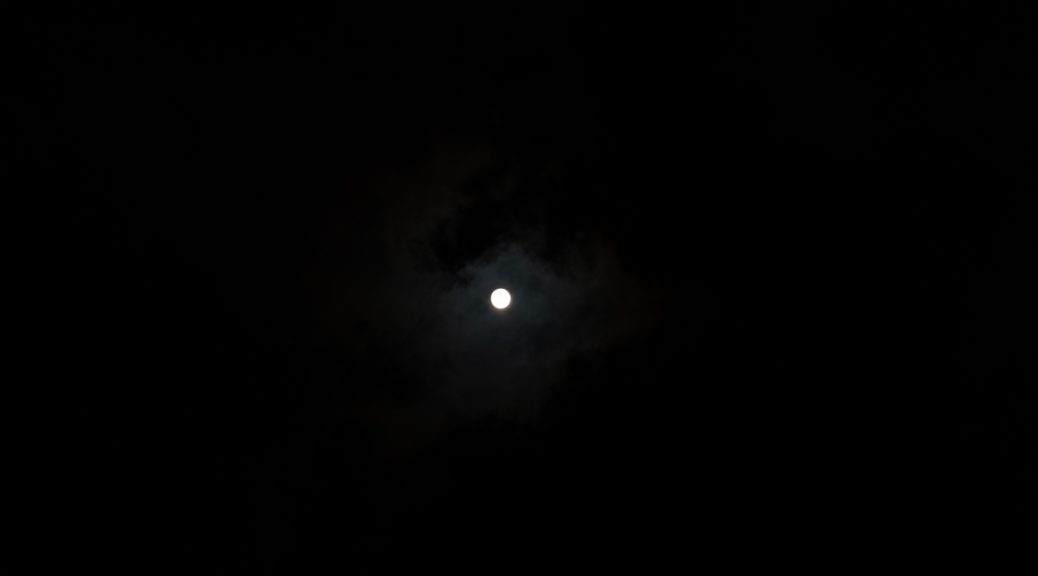Disclaimer: I did this with a Sony a7iii, which is mirrorless, no direct sun to my eyes and I had the screen pointed up so I didn’t look at the sun.
I wanted to put some numbers to this question, so I put on an ND8 filter (3 stops) and shot at 70mm, F36, ISO100. I took a picture of the bright sky next to the sun without direct sun as a baseline for “the brightest thing a camera is really designed to see.” Then I spot-metered directly on the afternoon sun in the center of the photo. The auto-shutter speed increased from 1/30 to 1/8000, so ~256x increase, or 8 stops. The sun was reasonably visible in the photo, but still bright (of course everything around it is black in the photo). I would say it was somewhat close to “properly exposed,” whatever that means in this case. 256x as bright as the bright sky is BRIGHT.
Bright Sky Near the Sun:

Direct sun with shutter speed 8 stops faster, so 1/256 as much light allowed in:

Notice the sun itself is still white.
I think there is not a good answer to “will direct sun damage my sensor?” because the best solution is to NOT have direct sun in the photo. 256x as bright as the bright sky seems like enough to damage the sensor, at least a few pixels, and it just doesn’t make for a good photo anyway – except sunrise or sunset of course with the beautiful filtering of the atmosphere.
For time lapses, I am going to start using interesting shadows to show sun movement instead of trying to figure out how to include the sun itself.
I don’t think the focal length actually matters much because the focal length just makes the sun bigger, not brighter per pixel. It only takes a few burned pixels for the sensor to be ruined so even if the sun is small – as it is with a wide-angle lens – the sun could damage some pixels if the aperture is too wide and/or not enough filter.
Bottom line, I think what actually matters for damage is:
- aperture
- filter (sunglasses for your camera)
- brightness of the sun (noon vs sunset)
- time spent with sun on the sensor.


